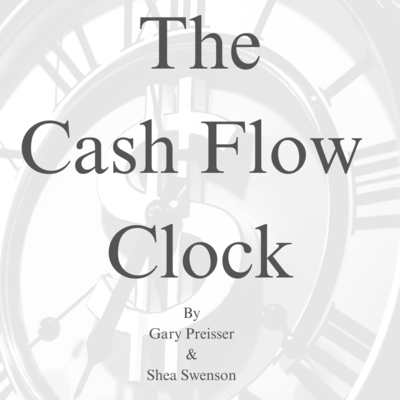The Cash Flow Clock: For Retirees - Book - Page 22

The Cash Flow Clock
Beta and Alpha
There are a variety of metrics that can be used to quantify the risk of
individual investments and entire portfolios. One of the simplest of these
metrics is Beta.
Beta measures the volatility of an investment or a portfolio compared to the
market as a whole. For securities, the market is typically represented by a
benchmark index like the S&P 500.
The market has a Beta of 1.0. Any investment or portfolio with a Beta of 1
would be expected to move with the market. This means if the market is up
10%, then the portfolio should be up 10%. If the market is down 10%, the
portfolio should be down 10%.
A portfolio with a Beta greater than 1 is more volatile than the market. Beta
quantifies exactly how much more volatile it is. If the Beta is 1.5, then the
portfolio is 50% more volatile than the market. If the market is up 10%, the
portfolio should be up 15%. If the market is down 10%, the portfolio should
be down 15%.
Similarly, a portfolio with a Beta of 0.5 is half as volatile as the market. If
the market is up 10%, the portfolio should be up 5%. If the market is down
10%, the portfolio should be down 5%.
Some investments can have a negative Beta. This means that they move in
the opposite direction of the market. If the market were up 10%, then a
negative Beta investment would be down 10%. If the market were down,
the investment would be up.
Beta tells us how volatile our portfolio is. It doesn’t tell us how much we
will earn (or lose) in the future. It can only tell us how much we SHOULD
earn (or lose) RELATIVE to what the market does.
18